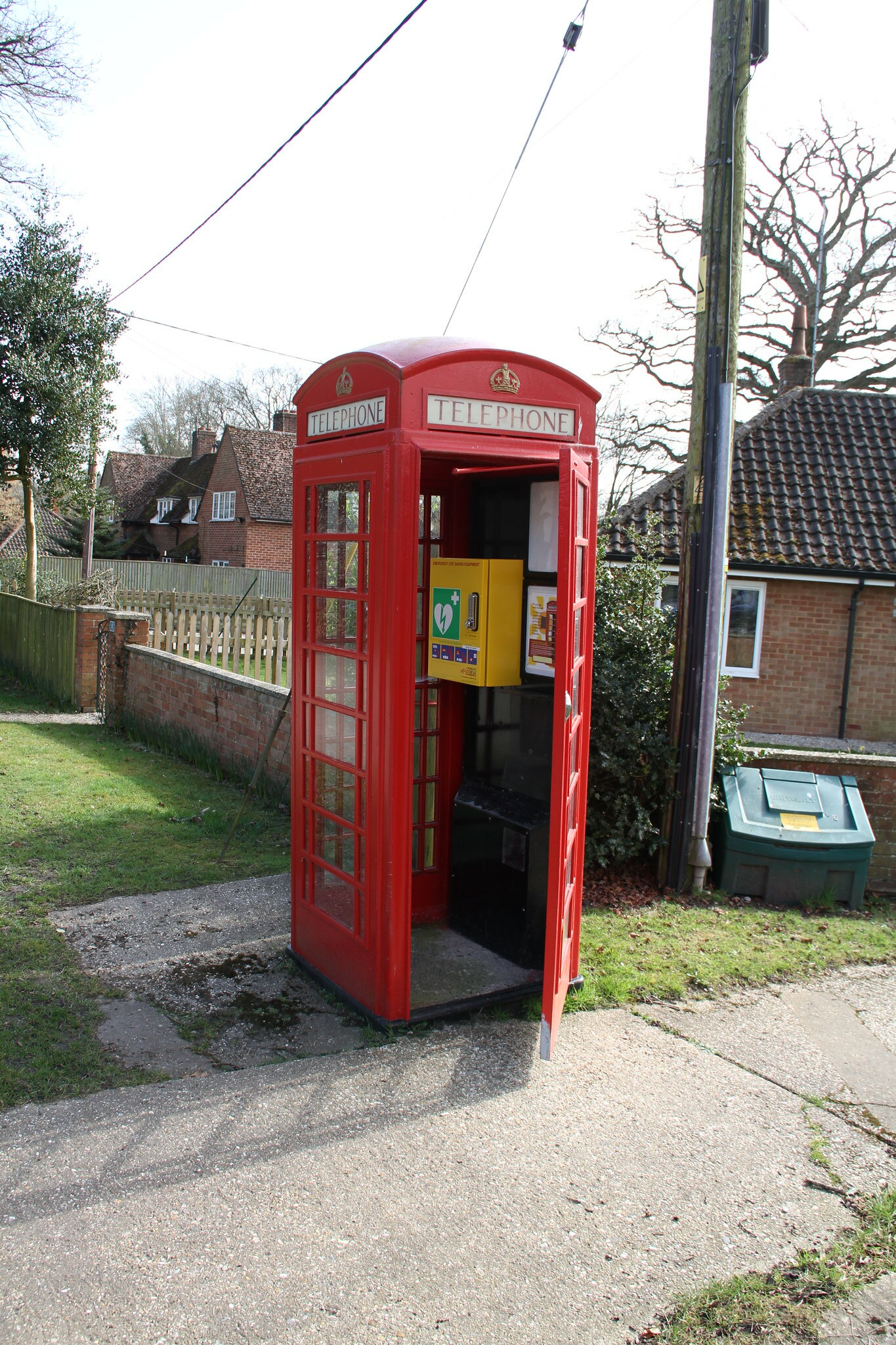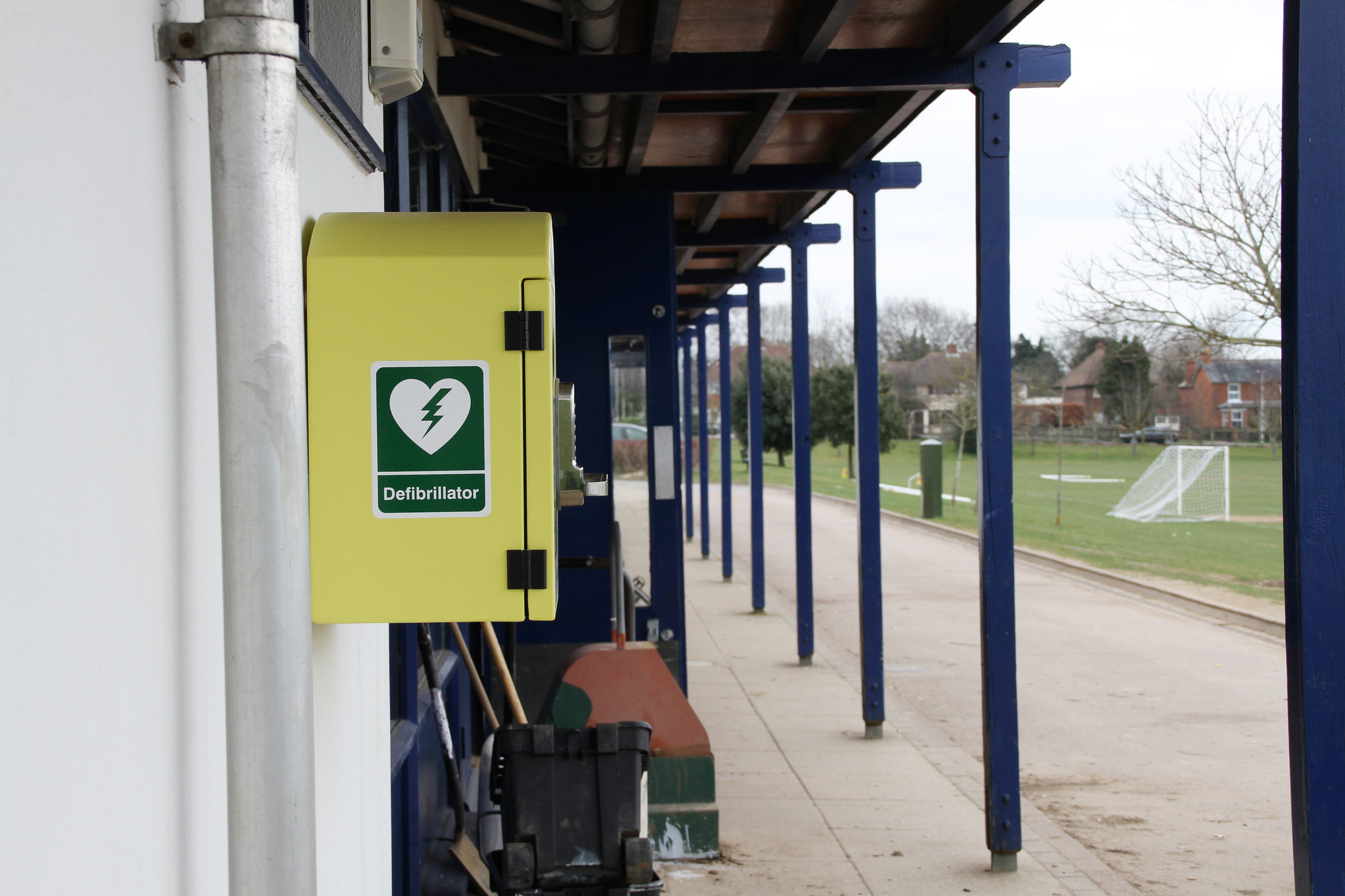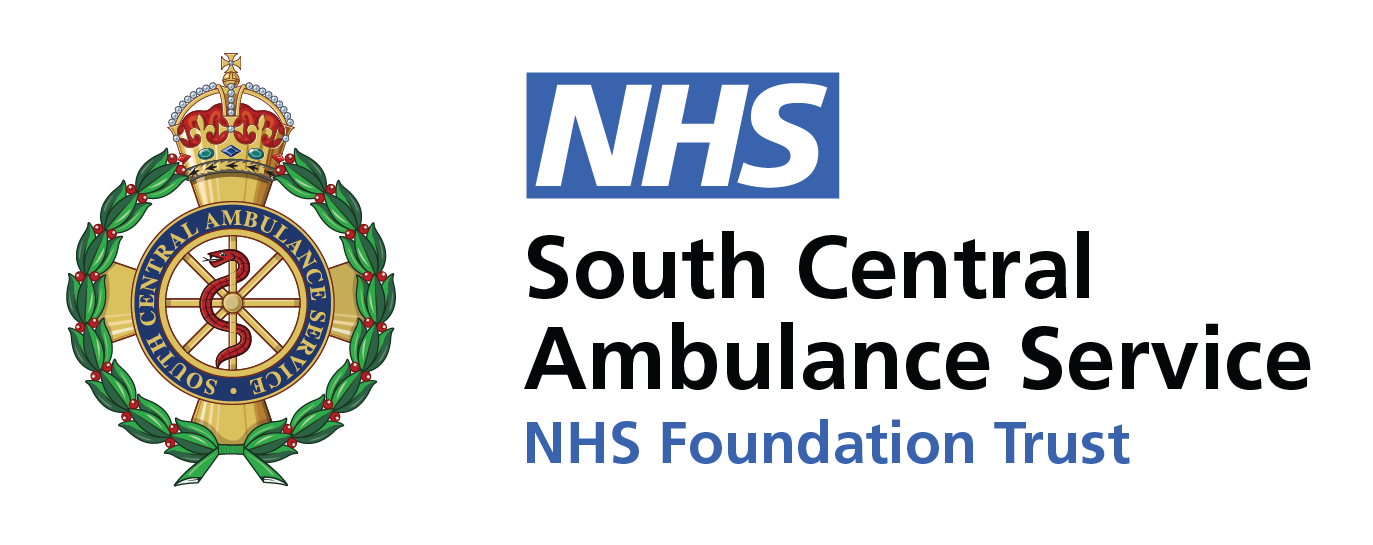Public Access Defibrillators
Sudden cardiac arrest remains the UK’s single biggest killer. Public Access Defibrillators (PADs) are lifesaving machines and very easy to use.
Currently in the UK, less than one in ten people survive a cardiac arrest. If we achieved the same survival rates of countries like Norway an additional 100 lives could be saved each week – the equivalent of approximately 5,000 every year.
If you are considering purchase of a defibrillator for the use of your local community please view our Public Access Defibrillators (PAD) Information Pack which will provide you with information regarding various different defibrillators, cabinets, suppliers and estimated costings.
For schools that would like assistance with purchasing an AED, the Department for Education has negotiated an arrangement with NHS Supply Chain to enable the purchase of AEDs which meet a certain minimum specification at a discount. View the Department of Education AED guide for schools * guide for more details.
We recommend that PADs are placed in an area with a large footfall e.g. a Public Telephone Box, outside a Public House, outside a Village Hall or Community Centre. The options are endless. Please call us on 01869 365 000 and ask for the Defibrillator Team if you have any queries.
We can carry out basic life support awareness training sessions at a venue local to yourselves. This session will last circa 90 – 120 minutes and cover: Finding a patient; Alerting the Emergency Services; Assessing the Patient for Consciousness; CPR; and how to use the Defibrillator. For business training please use our online form, there will be a charge of £200 for this service, for local community groups please use our online form, please not that we ask for a monetary donation towards the cost of delivering this training. If you would like to take advantage of this training, please contact defib@scas.nhs.uk and we will get back in touch with you.
Please note that all Defibrillators need to be checked regularly to ensure that they are functional on an ongoing basis. Please see our Guardian Checklist * for the types of checks you will need to carry out.
Registering your defibrillator
If you need to register your defibrillator, please contact the national database called The Circuit – a national defibrillator network supported by the British Heart Foundation, St John Ambulance, Resuscitation Council UK and the Association of Ambulance Chief Executives.
The Circuit will ensure that we can continue to direct members of the public to your defibrillator. It will only take you a few minutes to do this. Visit www.thecircuit.uk.
To complete your registration, please make sure you have the following information about your defibrillator to hand:
- The full address and location of the defibrillator (including any extra details such as ‘on the 3rd floor by the photocopier’)
- The brand and model (usually to be found on the front) and serial number (usually on the underside)
- Accessibility days and times
- Pad expiry date
- Confirmation that your defibrillator is displaying the ready signal when you last checked it
- Access code (if the defibrillator is kept in a locked cabinet).

Clear signage
The standard is now that signs should be visible where the AED is stored and within its presumed operational radius with a minimum of 200 metres and they should indicate the direction and distance to the AED. It is also recommended that the lettering should be a sufficient size to be identifiable from a distance of at least 50 metres (12 cm in height).
In addition, the AED cabinet should, whenever possible, be illuminated at night, with associated signage made of photoluminescent material and signage should be properly maintained, with all signs associated with the AED inspected at the same time the device undergoes its annual routine checks.

Template guidance pack for distance signage to locate a defibrillator
Signage print artwork resource
Downloads
| Title | Download |
|---|
